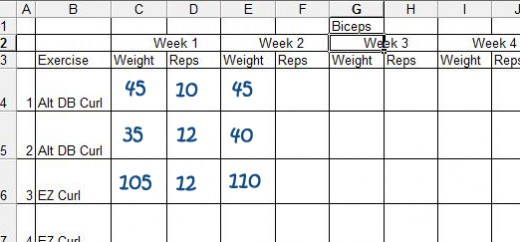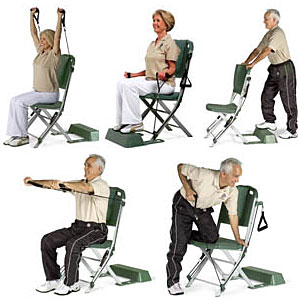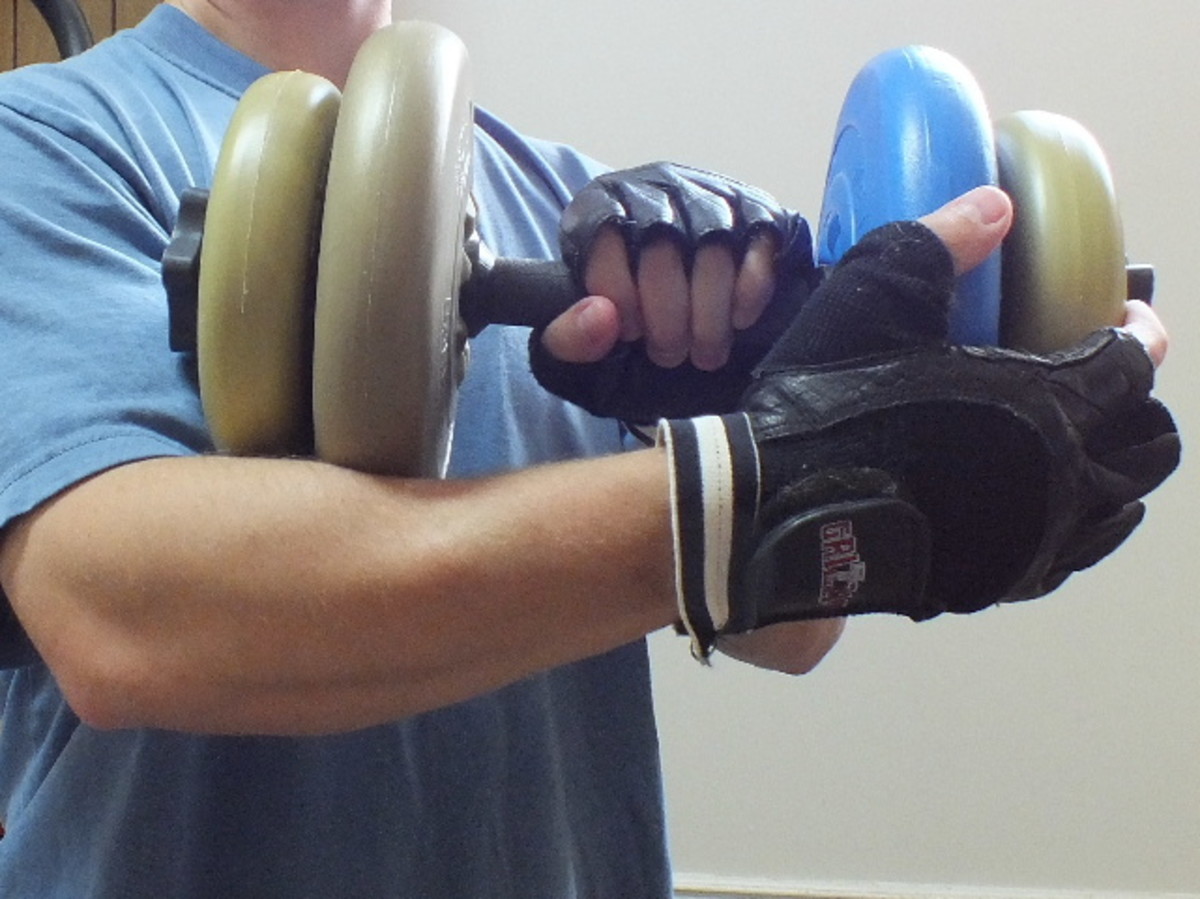What should be the Rep Range for building a perfect body?
First of all, I would like to thanks London_guide for asking such an important question on rep range which is a prominent aspect of bodybuilding and weight training.
For your knowledge, I would say first of all that muscles don't count reps.
So the numbers could be completely different for someone who takes 10 seconds to complete one rep, compared to someone who takes 2 seconds for each rep
So here comes in the Law of Individual Differences.
Hopelessly wrong. The rep range determines the pathway of energetics that a muscle is training through and the metabolic adaptation that results. 1 to 2 reps uses ATP and strengthens the contractile elements of muscle tissues, as well as neuromuscular control over the activation of motor units. 3 to 6 reps uses creatine phosphate.
Lift faster to activate more muscles





Training in this pathway increases strength as your body gets better adapted at using creatine to replenish ATP supply. 8 to 12 reps causes catabolization of type IIb myoactin fibers which release IGF I and II, that combine with somatotrophin and glycogen overcompensation to produce growth. 20 to 25 reps tends to use oxygen, and leads to an increase in capilerization and mitochondrial proliferation.Lifting 1 rep for 10 seconds WILL NOT ACCOMPLISH the same thing as lifting multiple reps at a faster speed for 10 seconds. You're living in a fantasy world if you honestly believe this. The neuro input, enegetic pathway, motor unit activation, enzymatic processes, and a host of other factors make fast reps completely alien to slow reps. Super slow training completely ineffective at best, and catabolic / muscle wasting / strength lowering at worst.This is a very important concept that got lost over years.Yea, I'm sure all the thousands of scientists and PhDs all around the world "lost" this "valuable concept" made up by a 9th grade educated hick with no bodybuilding or powerlifting achievements who's academic background includes sitting in his Florida home thumbing through magazines and coming up with his own ideas on science and history then talking like he somehow 'discovered' it.http://www.youtube.com/watch?v=8jee-PtF3xAWhen studies were done that showed 8 - 12 repetitions was the optimal number of reps in a set for most people, the accepted cadence was 2 seconds for the raising (positive) part of the rep and 4 seconds (negative) for the lowering of the weight.What studies? You constantly say "studies", yet you can never list them.>>The very concept of TUT just did not become famous but the rep range did.Is it possible that everyone knows about TUT, but you're just wrong in how you understand it? After all, most of your articles refer to only 2 people, both of which had no real education. They literally "made it up".What strikes me as funny is that this can only be done with fitness science. In any other field, this would not be tolerated. Imagine your doctor coming up with his own zany ideas completely irrespective of medical science, or a physics professor teaching kids that an object remains in motion unless an outside force causes it to stop - SOMETIMES, or that gravity is an inherent property of matter - only if you want it to be.Counting seconds while you count the rep is a very tough job.The TUT/reps per set that is appropriate for you is also determined by your muscle fiber make up and your neuromuscular efficiency.( neuromuscular efficiency is the ability to contract a large number of fibers at one time).And yet the slower you lift, the FEWER muscles you activate. The faster you lift, the more muscles you activate. An all out ballistic curl activates all muscle fibers in the biceps, and most, if not all, muscles in the stabilizers and surrounding muscles. A rep that takes 6 seconds requires extremely few muscle fibers, and the lactic acid build up is likely to interfere with ATP regeneration before an adequate stimulus can be achieved.
Once again, if you have any questions, please leave a comment below.







